For generations, the idea of "food combining" or "food incompatibility" has been deeply rooted in culinary traditions across cultures. From ancient Chinese medicine to Ayurvedic practices, certain food pairings have been labeled as harmful, even dangerous. But in the age of modern nutrition science, how much of this belief holds up? Dietitians and researchers are increasingly calling these age-old warnings pseudoscience, arguing that most so-called "forbidden combinations" lack credible scientific backing.
The concept of food incompatibility often revolves around the idea that mixing certain ingredients can lead to digestive issues, nutrient deficiencies, or even toxicity. Classic examples include the belief that eating seafood with fruit causes poisoning, or that combining milk with citrus disrupts digestion. These claims have been passed down through oral traditions, old medical texts, and, more recently, viral internet posts. Yet, when scrutinized under rigorous scientific examination, the vast majority of these pairings prove to be harmless—or at least no more harmful than consuming the foods individually.
According to registered dietitians, the human digestive system is remarkably efficient at breaking down diverse food combinations. Enzymes in the stomach and intestines work indiscriminately, processing proteins, fats, and carbohydrates regardless of how they are paired. For instance, the fear that mixing acidic fruits with dairy will curdle the milk in your stomach is largely unfounded. While acidity can cause milk to curdle outside the body, stomach acid is far stronger than citrus juice, meaning this reaction would occur regardless of whether you ate an orange beforehand.
Another widely debunked myth is the idea that eating fish and dairy together is toxic. Some traditional systems claim this combination leads to skin diseases or digestive distress. However, there is no biochemical evidence to support this. In fact, many cuisines around the world, such as Mediterranean and Scandinavian, regularly combine seafood and dairy in dishes like clam chowder or smoked salmon with cream cheese—without any reported adverse effects.
Perhaps one of the most persistent myths is that spinach and tofu should not be eaten together due to their oxalate and calcium content, supposedly leading to kidney stones. While it’s true that oxalates can contribute to kidney stone formation in susceptible individuals, the problem lies more in excessive oxalate intake overall rather than specific food combinations. Moreover, calcium from tofu can actually bind to oxalates in the gut, reducing their absorption and potentially lowering kidney stone risk.
So why do these myths persist? Nutrition experts point to a few key reasons. First, anecdotal evidence and cultural traditions carry significant weight, often overshadowing scientific data. If someone experiences digestive discomfort after a meal, they may blame the food pairing rather than other factors like overeating, food intolerances, or stress. Second, the spread of misinformation on social media has amplified these myths, making them seem more credible than they are.
That said, there are legitimate cases where certain food combinations may affect nutrient absorption. For example, tannins in tea can inhibit iron absorption from plant-based foods, which might be a concern for individuals with iron deficiency. But even here, the effect is not drastic enough to warrant complete avoidance—just mindful consumption. Similarly, consuming large amounts of high-fiber foods with mineral supplements might reduce their absorption, but this is a far cry from the exaggerated claims of "deadly food pairings."
Ultimately, the notion of strict food incompatibility is largely a relic of outdated dietary philosophies. Modern nutrition science emphasizes balance, variety, and moderation rather than rigid rules about what can or cannot be eaten together. As dietitians often say, the best diet is one that is sustainable, enjoyable, and nutritionally adequate—not one governed by fear of mythical food clashes. So go ahead and enjoy that shrimp salad with a side of fruit, or a latte with your citrus dessert. Your body is well-equipped to handle it.

By /Jun 5, 2025
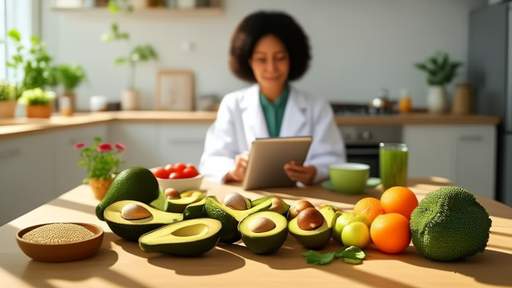
By /Jun 5, 2025

By /Jun 5, 2025
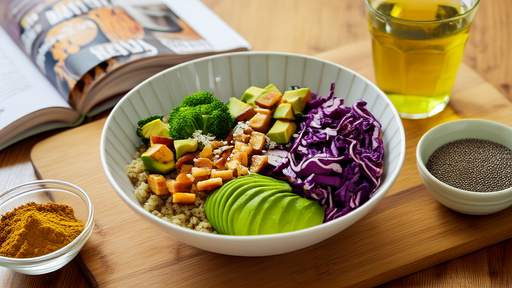
By /Jun 5, 2025

By /Jun 5, 2025
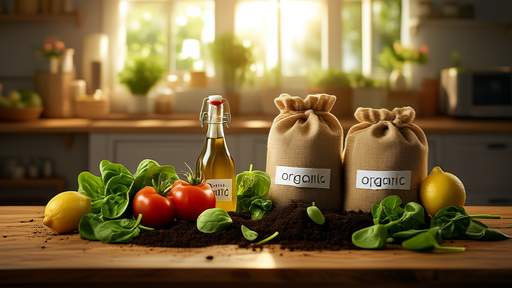
By /Jun 5, 2025
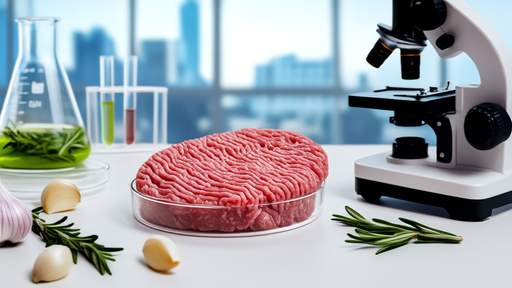
By /Jun 5, 2025
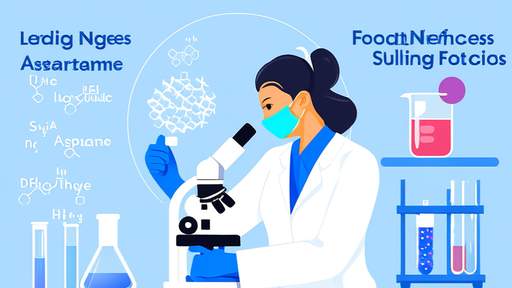
By /Jun 5, 2025
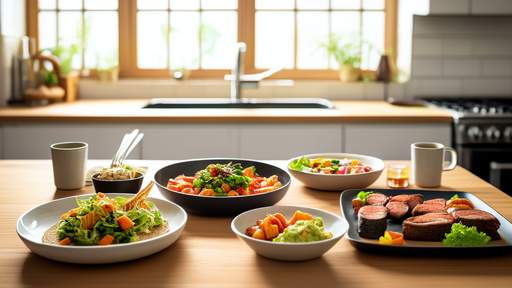
By /Jun 5, 2025

By /Jun 5, 2025
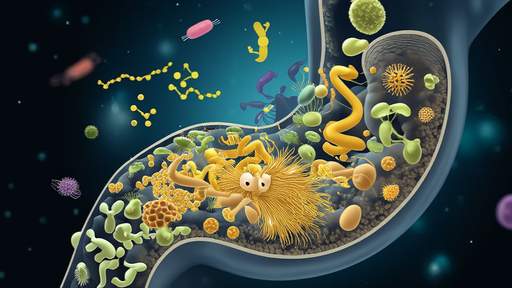
By /Jun 5, 2025
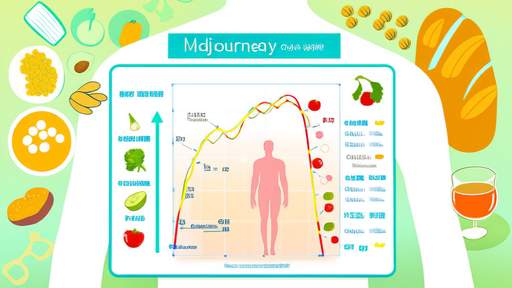
By /Jun 5, 2025

By /Jun 5, 2025
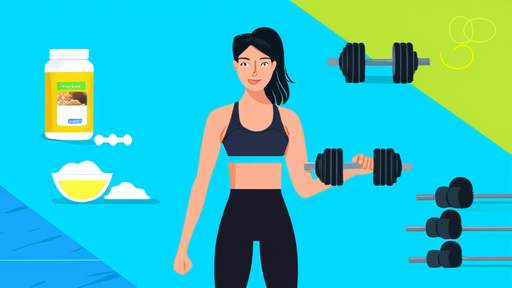
By /Jun 5, 2025

By /Jun 5, 2025

By /Jun 5, 2025

By /Jun 5, 2025
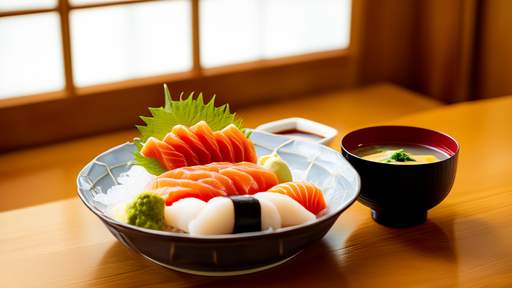
By /Jun 5, 2025

By /Jun 5, 2025

By /Jun 5, 2025